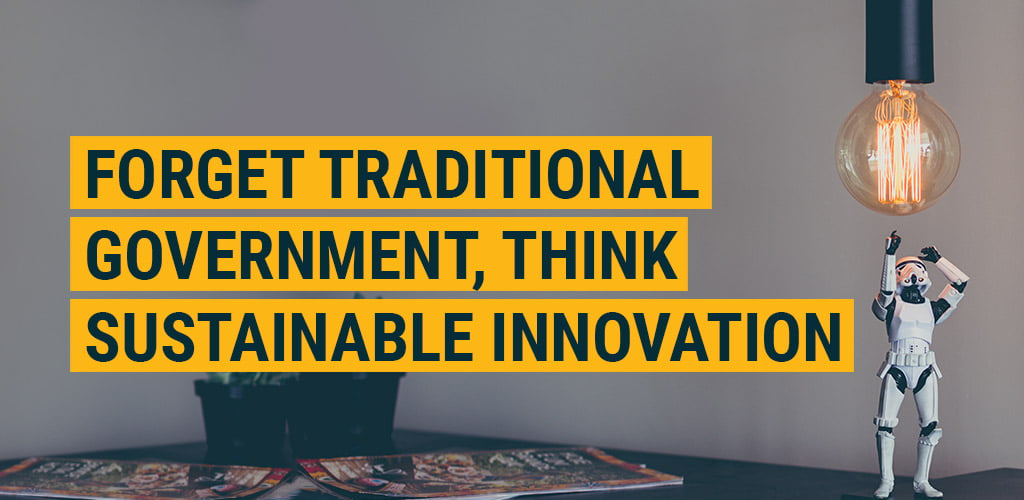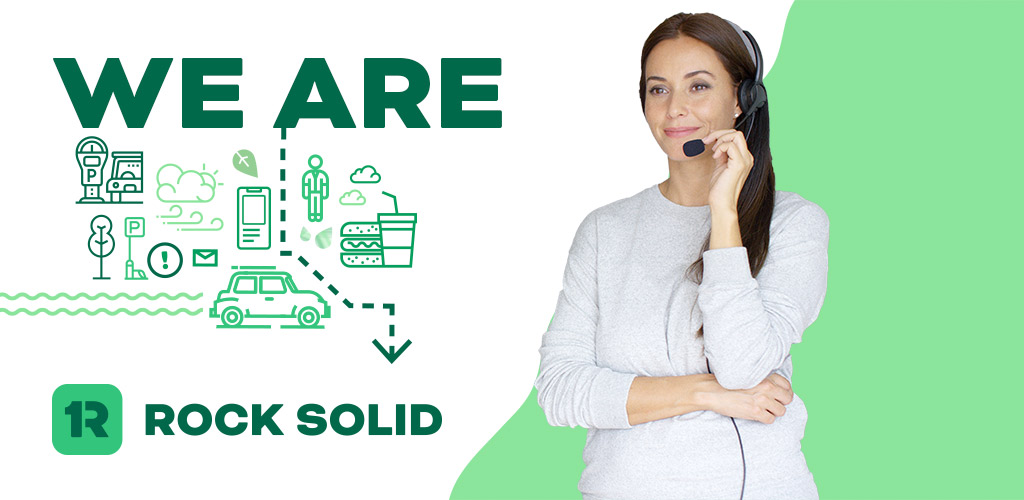Guiding and managing change is one of the toughest challenges leaders can face. According to McKinsey, 70% of transformations fail. While their study looked at large-scale changes at corporations, it's not unreasonable to extrapolate these results to other industries. Their reasons for failure will resonate with initiatives you’ve tried to get off the ground:
- Inadequate employee engagement and management support
- Lack of collaboration across departments
- Little accountability
- Challenges in changing legacy mindsets and behaviors
How can you prepare for this culture change?
Before implementing large-scale culture change or forcing an agenda of innovation, you can take steps to prepare your agency for this change.
[bctt tweet="Guiding and managing change is one of the toughest challenges leaders can face." username="Rock Solid"]
Encourage Employee Feedback
The people who are on the ground, handling the day-to-day operations of your agency are invaluable to building a culture of innovation. They know the pain points, they’ve been frustrated by how things are being done, they probably have ideas but are scared to speak up. Change is both a bottom-up and a top-down process.
[bctt tweet="Change is both a bottom-up and a top-down process." username="Rock Solid"]
Starting now, you can begin to encourage more feedback. Create forums for employees to share feedback anonymously. Ask them what they would like to work on or what skills of theirs they feel are being underutilized. Start the conversation now so you get more input later.
Increase Citizen Engagement
Similarly, you won’t be able to build sustainable change without truly knowing your local residents and stakeholders. As private sector companies know, the customer is king. In the context of government, your products, services, and policy must be designed to address the needs and interests of your citizens.
A citizen-first focus is necessary to make sure you are pursuing the right changes and ideas. Residents may not be used to engaging with government. Connecting with your base in a casual manner is a first step in creating trust that will allow information to flow between resident and government leaders more naturally.
Assess Technological Readiness
Innovation and technology have been too closely linked; it’s not just adopting new technology and moving on. Successful and sustainable innovation in today’s world will involve learning how to collect, analyze, interpret and share data to inform strategic initiatives. Before you embark on a path of change, assess your agency’s current IT infrastructure and tech talent.
Globally, there is a tech skills gap and not enough people have the knowledge needed for future employment. The problem is likely compounded at the government level, where agencies may not have the funds to compete with large companies in recruiting.
As you examine your existing tech stack, it’s also interesting to think about where the tide is moving. According to the Center for Digital Government, by 2022 the top smart infrastructure technologies anticipated for state and local procurements will be native apps to engage citizens, followed by connected vehicles and sensors throughout your community.
Getting a clear picture of your existing tech capabilities can help you prepare for the amount of investment you’ll need to make in this area. As you do this, remember that you don’t need to implement a multi-year tech upgrade before you can begin to innovate. They’ll likely happen simultaneously or you can start to build with iterative and scalable efforts today.
Foster Collaboration
One of the biggest challenges facing your agency is going to be breaking through the existing siloes that dictate your organizational structure. Sustainable innovation needs to cut across the entire organization and use the same language and infrastructure. You may even need to implement changes to your org chart. Even if you stay in the existing management structure, you’ll need to collaborate with other groups in order to sustain a culture of innovation.
[bctt tweet="One of the biggest challenges facing your agency is going to be breaking through the existing siloes that dictate your organizational structure. " username="Rock Solid"]
You can begin collaborating now. It’s as simple as coming together in a casual setting. Inviting individuals from different departments to present to one another is another way to bring employees together and share knowledge. Rotational programs and cross-mentoring initiatives can also build new connections that can support future innovation.
Educate
To help allay concerns about the unknown, start sharing knowledge of other organizations or initiatives that have been successful in creating and sustaining change. You can share case studies or even bring in speakers to share their experiences with change. The OECD Observatory of Public Sector Innovation (OPSI), for example, is focused on gathering and disseminating examples of innovation from governments around the world. No matter which format you select, make sure to clearly highlight:
- The problem
- The steps that were taken to address the problem
- Potential failures or learnings along the way
- Who was involved in the process
Education sessions should also address the specific issues in your community. You can bring in leaders from local organizations to share and answer questions. You could also use these sessions as a forum to begin to introduce new technology skills. Education and interaction with your employees will be an ongoing part of your culture of innovation. These sessions will begin to lay the groundwork for the future.
Identify Change Leaders
Any change to the status quo will need to be led by leaders who are enthusiastic about innovation and up to the challenge of overcoming resistance to change, mitigating consequences and getting others engaged in the new way of doing things. These individuals will be your champions of change. They will be resources for employees to reach out to with questions and for support during any confusing or stressful times. They will help keep their groups on track and support open lines of communication.
These individuals may not be your current leaders. Taking time now to evaluate who might make an effective change leader gives you ample time to provide additional training and help them become more visible in the organization as needed.


